(back to all presentations)Table of contents |
Author: Johannes Buchner Homepage: http://astrost.at/istics/ Further information: Separating the nuclear and galaxy-scale obscuration of AGNAbstract: AGN surveys in the X-ray regime have revealed that the majority of AGN (3/4) are obscured, with 1/3 showing Compton-thick columns. This indicates that hidden accretion is an important phase in the growth of super-massive black holes. However, it remains unclear how much of this obscuration is provided by the host galaxy; a question which can not be answered using a central point source. Our novel approach employs 600 long gamma-ray bursts to x-ray galaxies. From the column densities we reconstruct the gas distribution of a statistically average galaxy at z=0.5-3. We find a host stellar-mass dependence but little redshift evolution. Our result can be applied to the AGN population, under some caveats (star-formation rate, metallicity). Under the AGN stellar-mass distribution, we find that host galaxy gas does not provide Compton-thick column densities, but is an important, luminosity-independent obscurers at N_H~1e22/cm². Our approach allows us to separate the galaxy-scale gas and nuclear ("torus") obscurer, and sheds light on the luminosity-dependence of the torus as well as its covering factors. We corroborate our findings by ray-tracing hydrodynamical simulations of galaxies, and analytic limits valid also to mergers. 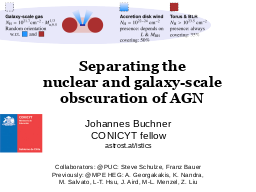




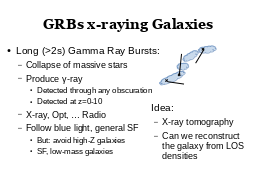
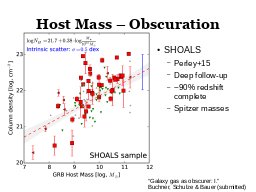
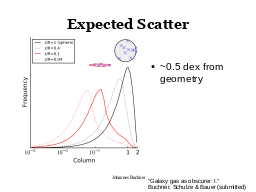
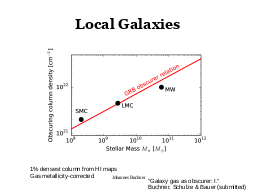
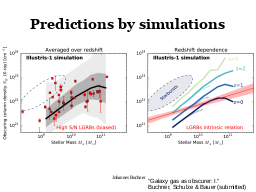
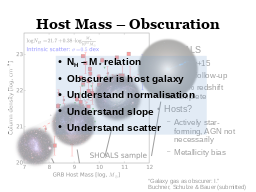
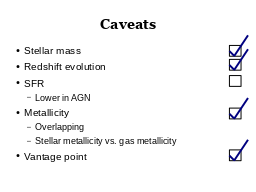

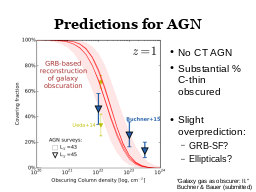
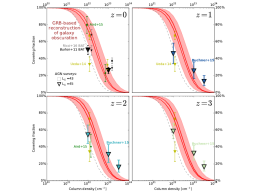
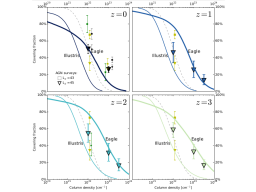
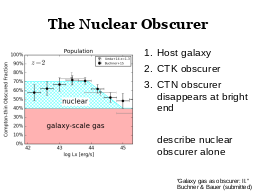
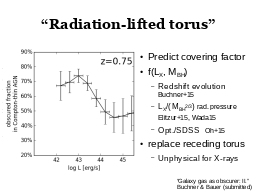
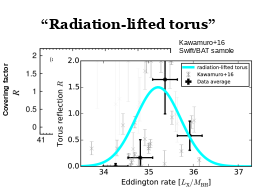
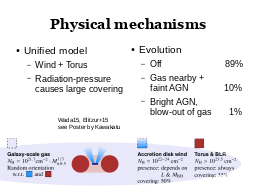

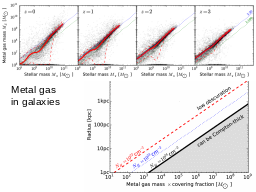
|